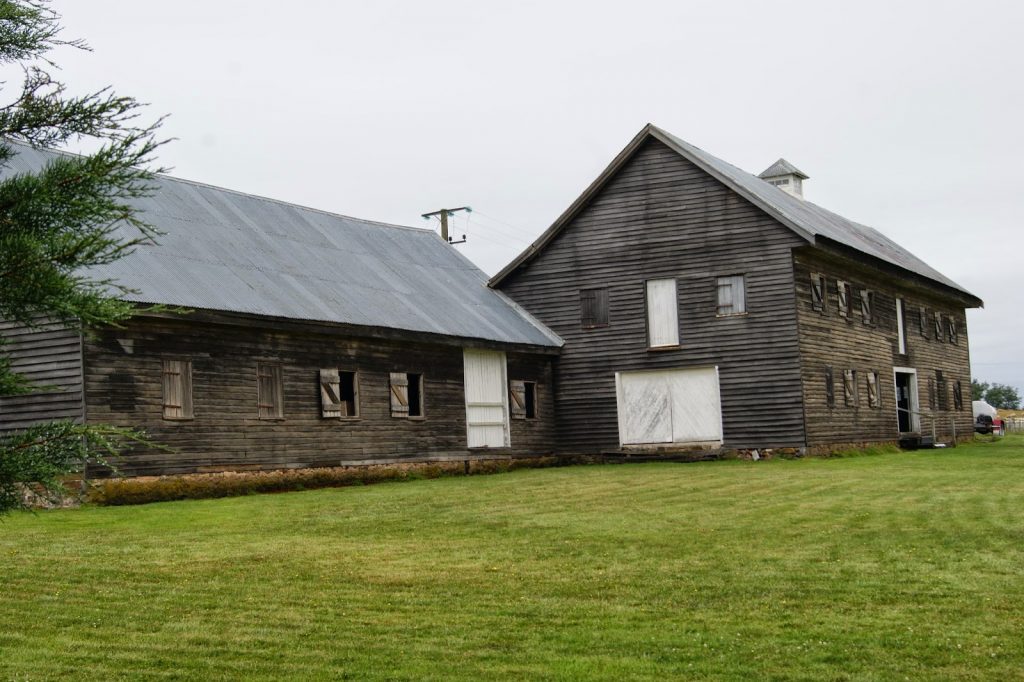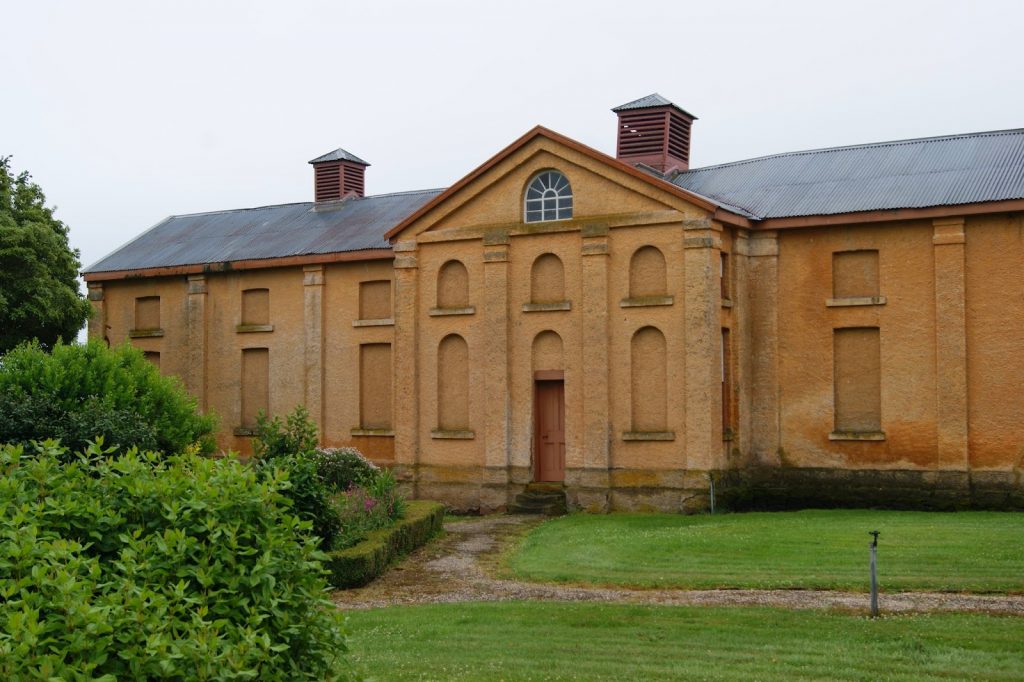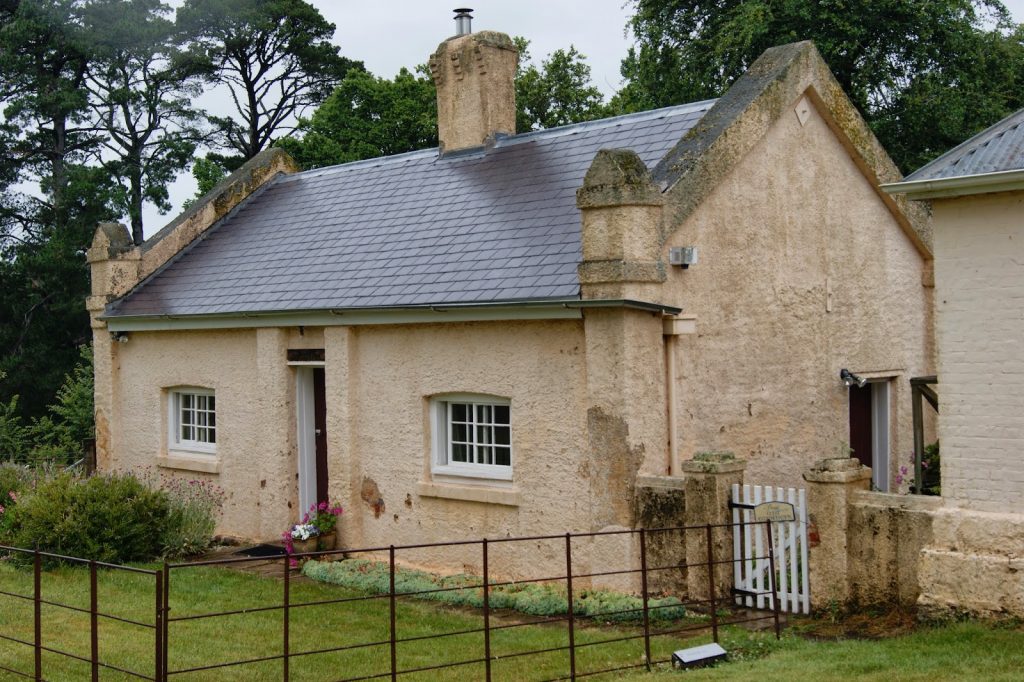Dancing in Fetters: the culture of convict dance exhibition is on show in the the Nigel Peck Long Gallery and the Frances Mary Archer Gallery.
21st July to 11th September
The “Dancing in Fetters” exhibition provides an understanding of an extremely important part of Australian history – particularly of the convict era. Woolmers was delighted to have this opportunity to show the exhibition and hopes that it may return in the not too distant future.
Peter Rae AO, Chairman, Woolmers Foundation Inc.
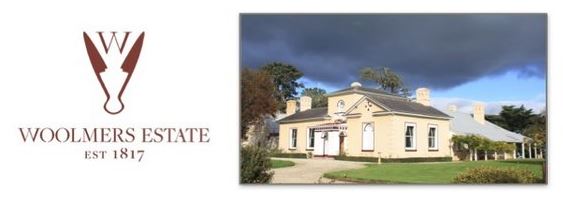
Woolmers Estate in Longford, Tasmania is regarded as one of the most historically significant rural properties in Australia. Woolmers and the neighbouring property, Brickendon, have UNESCO World Heritage Listing as an Australian Convict Site.

Woolmers & Brickendon were recognised jointly for their ability to convey the story of the convict Assignment System, which operated in Van Diemen’s Land until 1840.
Exhibition Launch
Symposium
Convicts at Woolmers: Convict Research Symposium
Saturday 3 September 2022
9.30 am – 4.30 pm
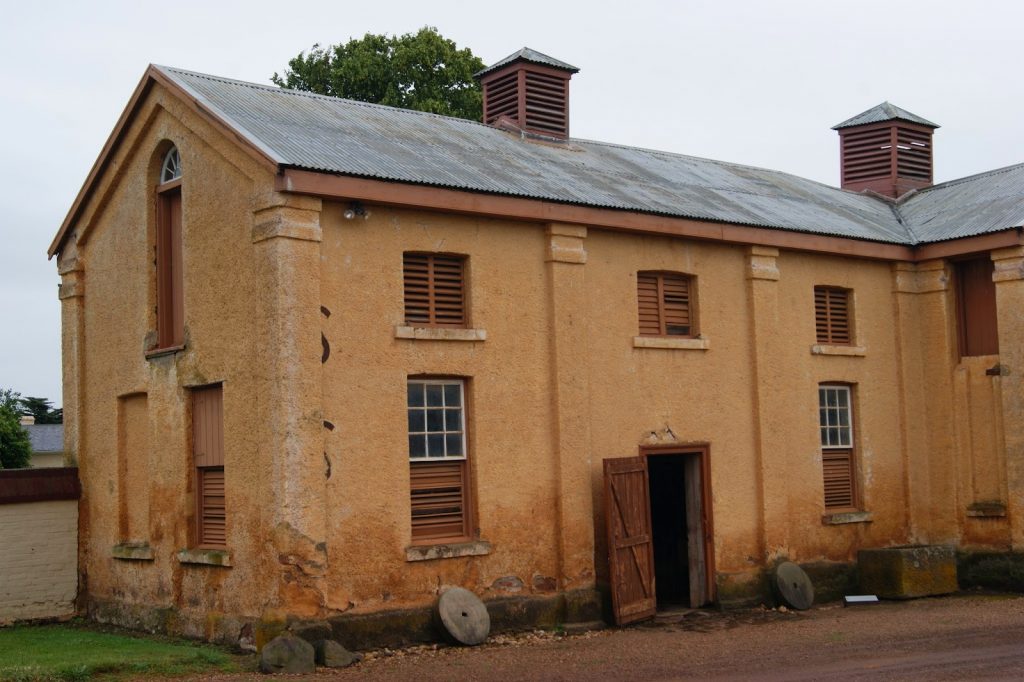
History
Thomas Archer arrived in the area in 1817 and established one of the largest privately owned properties in the colony. He was a benevolent master who supported the Convict Assignment System which aimed to reform convicts through meaningful employment, training, and moral guidance. The strict government regulations ensured that convicts were adequately feed, clothed and accommodated, and treated fairly. The conditions were often better in the colony than for those of free workers living in Britain where rural poverty was an problem.
It is estimated that over 1,000 convicts were employed at Woolmers between 1817 and the early 1860s. Surviving musters show that between 1830 and 1835 from 41 to 51 male convicts were assigned to Woolmers annually. Male assigned servants (convicts) were housed in the loft above the stables, in Wool House (shed), and in cottages. Female assigned servants were accommodated in the attic of the old house, and later in the rooms above the new kitchen wing. Assigned convicts were free to move about the property, however they needed a pass to leave.
Although there are no accounts of music and dancing amongst the convicts, it is more than likely they enjoyed these pastimes in their leisure hours. Such events were rarely reported as they were not considered worthy of note, often being everyday occurrences. One insight comes through an 1834 investigation into the treatment of convicts on James Mudie’s farm in the Hunter Valley of New South Wales. The convict Richard Nagle stated:
…at the harvest home, the men used to be very well treated; they had plenty of grog; it was once a year, they used to get two glasses in the day; on Christmas day extra meat used to be given; also a drop of grog, that is a bottle among two or three in each hut; we used some-times to ask for more grog, and it was given to us; on those occasions we used to dance to music in the yard.”
Convict Richard Nagle at Mudie’s Farm, hunter valley
The Sydney Monitor, 28 January 1834.
Given the goodwill of the Archers, it can be assumed music and dancing featured in the lives of convicts at Woolmers. For convicts with a Ticket-of-leave, a visit to the nearby village of Longford would also have presented the opportunity to play music and dance in one of the many public houses.
Convict assignment System operated in Van Diemen’s Land until 1840. Many convicts chose to remain as free workers at Woolmers after their sentences had been served, a testament to the positive and supportive attitude of the Archer family.
